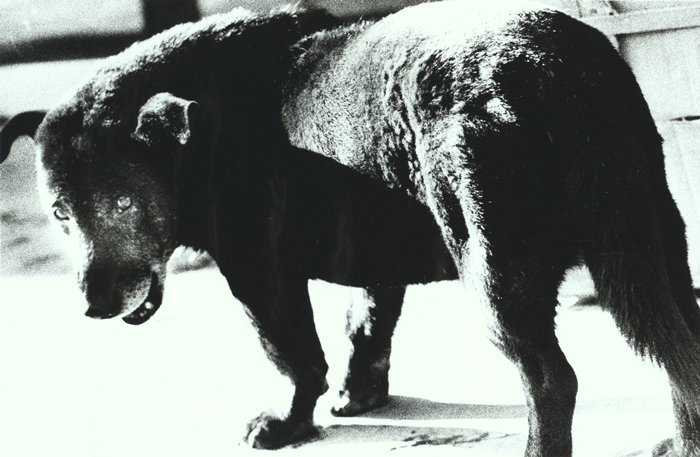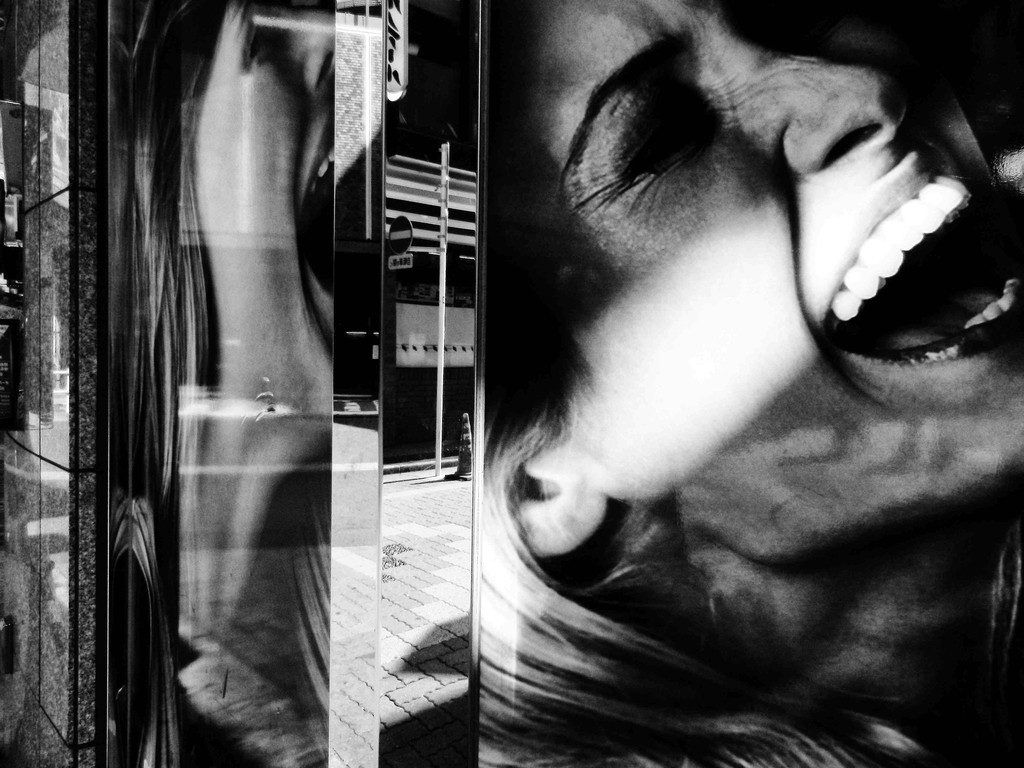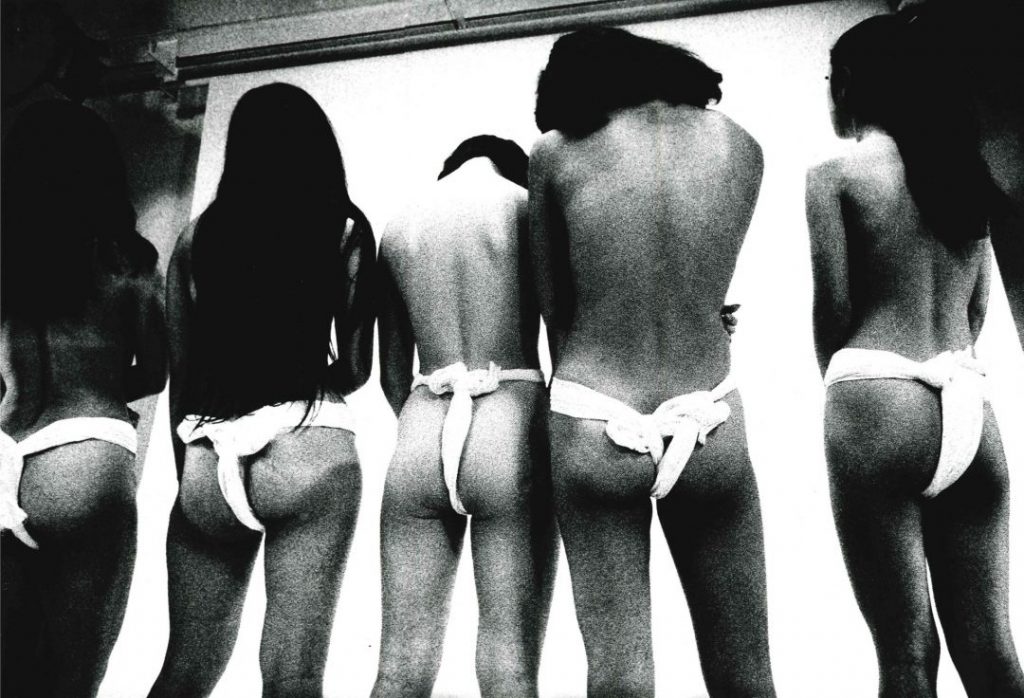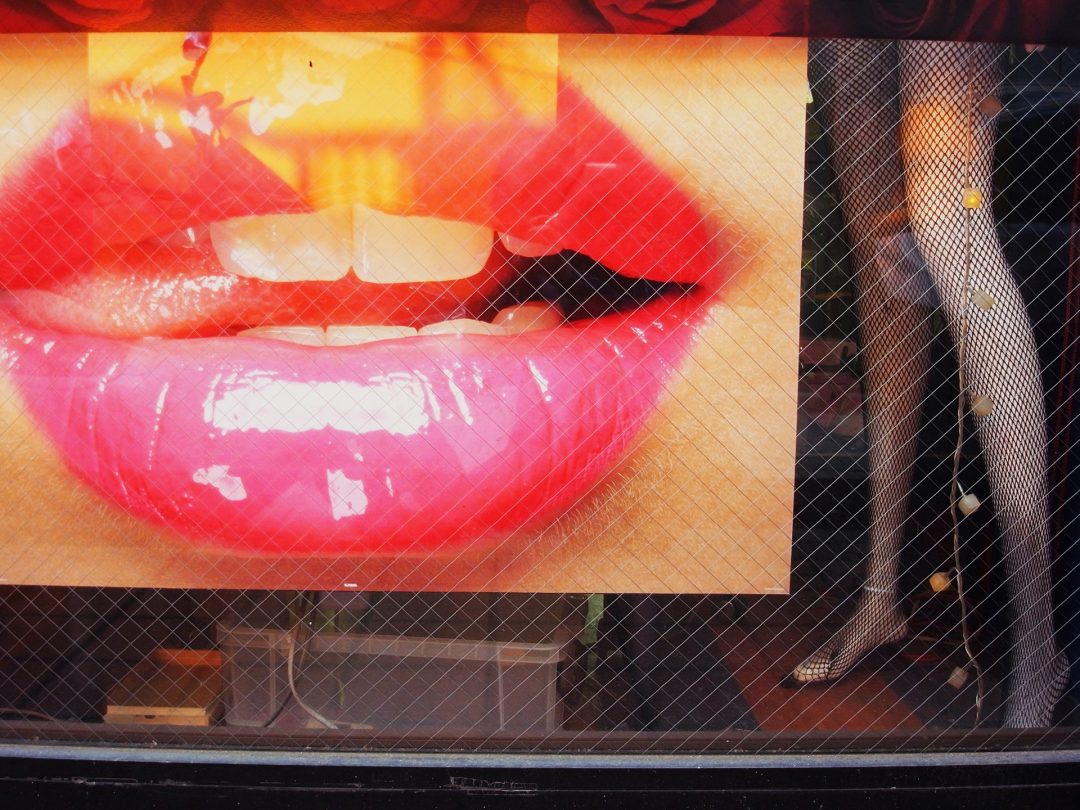Daido Moriyama – Grainy and Gritty
I was suppose to post about the Speed Graphic today, but the rancor about Daido Moriyama changed that. I didn’t realize he had that many fans! Oh, well, my bad. Daido Moriyama (born October 10, 1938) is a Japanese photographer noted for his images depicting the breakdown of traditional values in post-war Japan. Moriyama received the Infinity Award for Lifetime Achievement from the International Center of Photography in New York.
Born in Ikeda, Osaka, Moriyama studied photography under Takeji Iwamiya before moving to Tokyo in 1961 to work as an assistant to Eikoh Hosoe. He produced a collection of photographs, Nippon gekijō shashinchō, which showed the darker sides of urban life and the less-seen parts of cities. In them, he attempted to show how life in certain areas was being left behind the other industrialised parts.
Moriyama’s style is synonymous with that of Provoke magazine, which he was involved with in 1969, namely ‘grainy, rough, blurry, and out-of-focus’.
Moriyama’s photography has been influenced by Seiryū Inoue, Shōmei Tōmatsu, William Klein, Andy Warhol, Eikoh Hosoe, the Japanese writer Yukio Mishima, the dramatist Shūji Terayama and Jack Kerouac’s On the Road.

Daido Moriyama has a self-proclaimed addiction to cities. At age 78, his work still shares the same inclination to record his surroundings as his earliest pictures, taken during the dramatic transformation of 1960s post-war Japan. Moriyama used his camera to document the American military occupation of his country and the dissolution of traditional values experienced alongside accelerated modernization. In a process he maintains today, Moriyama shot with a small hand-held automatic camera, rarely with attention to the viewfinder (firing his shutter as if by machine gun.) In his depictions of city life, Moriyama documents cultural change and chaotic urban experience, typically in grainy, black-and-white, high-contrast images, which he prints himself. Early influences include photographers Eikoh Hosoe, Eugène Atget, Weegee, and William Klein, all who shared a similar affection for the dynamics of city life.
One of the photos that Daido is most famous for is a stark photograph of a stray dog, looking right at him with insidious eyes.

“I took this photograph when I went to Misawa in Aomori to work for a camera magazine. I stepped out of the hotel in the morning to go out for a photo shoot, the dog was just there. So I immediately took several pictures.
My Darkroom Realizations
I realized later in the darkroom when I printed the image how amazing the dog’s expression is. Snapshots are all about an instant moment and this dog instantly became a part of me. I am actually honored to be compared with that dog.”
If you watch the documentaries of Daido Moriyama shooting the streets of Shinjuku, that is exactly what he looks like: a stray dog. He wanders the streets for hours on end, with no real destination in mind. He goes into the back alleys that most people are afraid to go, and photographs whatever he finds interesting. In his interview with Tate he talks about how he wanders the streets:
“I basically walk quite fast. I like taking snapshots in the movement of both myself and the outside world. When I walk around I probably look like a street dog because after walking around the main roads, I keep wandering around the back streets.”

“There is a mighty power in photography. And especially overwhelming in its expressiveness. I love to observe the people in cities, in which an uncanny scent floats. I love to burrow in mysterious lanes. To detect the unusual scent guided by my own sense of smell.
Still a Photographer
One of the things about Daido and his work is that even at his age he still photographs fervently. In his interview with Tate he shares his desire to continue photographing. Like fellow Japanese photographer, Nobuyoshi Araki,…. he is sort of gritty street version. (without the bondage)

“My friends or critics are often surprised and ask me why I never got bored walking around for over 50 years. But I never get bored. I often hear it is said that people, even photographers, do their best work when they are in their 20’s and 30’s. But I could never see the city with an old man’s eyes, or as if I understood everything.”
Everyone has desires. The quality and the volume of those desires change with age. But that desire is always serious and real. Photography is an expression of those desires.
An Erotic World
“I have always felt that the world is an erotic place. As I walk through it my senses are reaching out. For me cities are enormous bodies of people’s desires. And as I search for my own desires within them, I slice into time, seeing the moment. That’s the kind of camera work I like.”
In “The Mighty Power” Daido shares more of his fascination and passion about photographing in sprawling urban cities. He cites one of the best parts of shooting in a city is the fact how the possibilities of photographing are limitless.
“Every city, no matter how it looks is a work of art. Fifty years have lapsed and with the thousands of photographs I have taken, I still find photography amazing. There are still millions of things and people that are worthy to be shot.”
The “Eveready Bunny”
There are very few street photographers who have been shooting as long as Daido (50+ years). Even Henri Cartier-Bresson gave up photography after about 40 years of photographing (from 1930-early 1970’s).

Many street photographers I know tend to get bored of photographing where they live (myself included). We like to always think that the “grass is greener on the other side” and that where we live is boring and cliche.
One of the beauties of street photography is that regardless of where you photograph (whether it be a suburb, a mall, a city-center, or even a beach) the moments which you photograph will never be the same. You will never get the same exact person (wearing the same outfit) in the same exact spot, with the same exact light, and the same exact expression or look in their face.
“Stay Hungry”
Always look for the silver lining in street photography. Another secret to not getting bored with shooting street photography in your neighborhood can be from this quote by Steve Jobs: “Stay hungry, stay foolish“.
“The reason why I think black and white photography is erotic is completely due to my body’s instinctive response. Monochrome has stronger elements of abstraction or symbolism. This is perhaps an element of taking you to another place. Black and white has that physical effect on me. That’s just the way I respond to things.”

“One distinction I can make—I’ve written about this in my essays: black-and-white photography has an erotic edge for me, in a broad sense. Color doesn’t have that same erotic charge. It doesn’t have so much to do with what is being photographed; in any black-and-white image there is some variety of eroticism. If I am out wandering and I see photographs hung on the walls of a restaurant, say, if they are black and white, I get a rush! It’s really a visceral response. I haven’t yet seen a color photograph that has given me shivers. That is the difference between the two.”
Some Color
“My interest in color is increasing. Sometimes when I see one of my black-and-white photographs, I think to myself: “That’s a Daido Moriyama image.” Whereas color work seems wholly different to me—still, there is something good about it. So what interests me is seeing my own work differently: the new, vague feeling of accepting the color work as my own. That is where I am now. At that vague, flickering stage.”
For example, when I shot exclusively in black & white, I would look for shapes, forms, shadows, light, expression, and moods. However now that I am working exclusively in color, I look for bright hues, contrasts of different colors, vivid advertisements, and signs of consumerism.
Daido Moriyama loves the concept of the snapshot, and enjoys the casual approach to photography:
“Nowadays, people take photos casually. Especially of their daily lives. The casual attitude toward photography is the same as mine. There is nothing right or wrong.”
“…The only difference is that I use my own way to record my life, while they use theirs.“
Not only that, but Daido Moriyama is fascinated with the idea of having his viewers be active participants in looking at his photographs. He wants his photographs to resonate with his viewers.
Ambiguity
“I think that the most important thing that photography can do is to relate both the photographer and the viewer’s memories. At first sight a photograph looks straightforward as it slices off a scene or a moment in time. But the images that photography captures are actually ambiguous. And it’s because of this ambiguity that I like photography.”
“Photography is the capture of the very present moment. It is meaningless to regret in the future what you’ve missed. Therefore taking a photo of the present is to preserve it. That is the essence of photography. Your feeling is always a reflection of the photo you produce.”
Daido always uses compact cameras. Mostly the Ricoh GR-1. Find Ricoh GR

